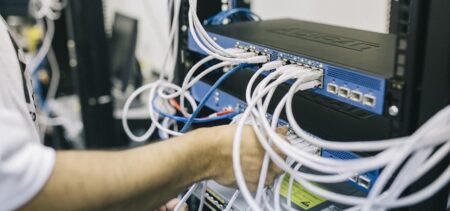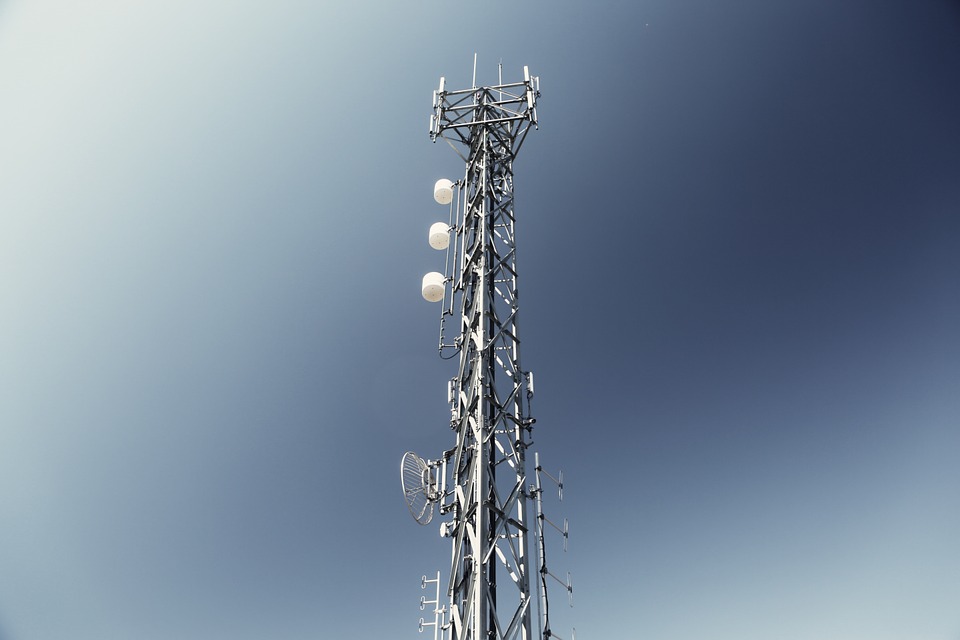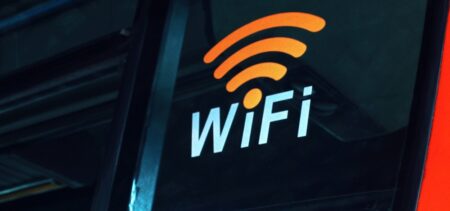The Service Provider Telecom Equipment market could become $26 B higher by 2019 (considering the entire 2014-2019 period), compared to the previous 2008-2013 situation, according to this report from 2015. A reality marked by disruptions, however.
The ongoing and upcoming changes in telecommunications were expected to trigger an upheaval in the equipment transaction and management processes since 2009. The main tendency has powered through until the present times: as the telco trends have it, in order to survive and thrive, the professionals in this field need to recreate their business models, in a radical move. Vendors and operators altogether have understood that providing robust, high-performance services that can sustain the increasing communication needs is the key to success.
-
Enhancing performance while reducing costs
This headline may seem as a truism that goes without saying in almost all business areas, yet in telecommunication equipment’s future it is a must.
With a GSMA worldwide estimate of 7.5 billion mobile telecommunications connections being distributed among 3.7 billion unique subscribers, the incoming pressure in the telco business includes the IoT needs, the mPayments and the evolving dedicated technology, and it is obvious that the industry has to find scaling solutions fast and in an efficient manner.
Resilient hardware and intelligent software come at higher costs for the moment, since they are relatively at the beginning. The process of standard uniformization is also costly, while without it, it is on each company’s risk to test new prototypes and solutions. The manufacturers that acquired revolutionary techniques will stick to their prices, while the less expensive ideas might or might not be what they seem. The market for hardware and software breakthroughs is a mixed and most likely a risky one.
Although in 2015 Telecoms estimated that standardization, for example, stopped being vital for the industry since the next stage has been reached in the form of “commoditisation”, whenever new technologies have to integrate the market, the same process replays in a mini-version, until all the beneficiaries know what are the correct parameters and how do the manufacturers rank in view of consistency, performance and prices.
A Deloitte study showed that US consumers only access (look) at their devices over 8 billion times per day, shaping an extremely solicited emerging ecosystem. Innovative solutions should ease this huge load by re-configuring networks, connections, distributed connections and nodal points.
-
Acquiring new capabilities
A lot of mergers and acquisitions that have been taking pace lately are driven by the existing companies’ desire of adding new types of capabilities to their portfolio. Telecommunications companies are expanding and they do so via alliances, partnerships, mergers and acquisitions, in a quest to save time and resources. Check here a 2015 overview of this phenomenon.
The driving forces for this industry consolidation moves would be, according to Telecom Engine:
- The intent to reduce redundancies;
- The desire to enhance the existent infrastructure by tapping fiber optic experts;
- Responding to their customers’ needs by adjusting the business structure to the modern demands;
- The future expectancy in terms of market penetration, requested services and customers (this determines companies to associate and regroup, while ideally obtaining better R&D resources in view of the future demands);
-
Massive data consumption bringing on 5G networks
The 5G technology has been announced by its key players and is set to move fast through the trial phase and onto the roll-out stage, perhaps even sooner than estimated.
Enabling the fifth generation of mobile networks, this technology should respond to the massive data consumption necessities, as well as to the needs of IoT. Smart cities wait for their deployment time too, and a strong telecommunications infrastructure should speed up all that this implies, from smart sensors to public Wi-Fi, and all the urban connections crammed into each second.
The VoIP (Voice over Internet Protocol) communications are expected to increase their presence as well, in concordance with a boom of associated applications, while the already existing specific apps add new features, such as video calling, to their present capabilities. The offer diversifies, the data traffic increases and the Telco companies must support all these improved, expanded offers with a next generation infrastructure. 5G is the next step for a networked society, as Ericsson, the prime 5G engine so far, puts it.
The most spectacular and immediate 5G outlet the audience is hyped about would be live streaming, especially in sport events – it may not seem of utmost importance to some, but nevertheless it is bound to enthrall the sports passionate in the immediate future (hopefully). Add virtual reality (VR) to the equation, and we may just be contemplating the future concept of television.
-
Automating tasks will save human power and equipment volume
We have approached in other articles the concept of software defined networking, software defined radio and software defined perimeter, all illustrating the concept of software taking over tasks that used to be previously supported by hardware.
Together with virtualization, this technique allows infrastructural relief, as well as human resources re-distribution, by eliminating certain work processes. This may be construed as yet another disruptive trend in telecommunications logistic, one that would continue the downshift in domestic employment, registered from the beginning of this decade. Unless, of course, the workforce would steadily re-orient versus other processes generated by the current innovation movements
-
The breakthroughs competition
It is now customary for big names in telecommunications to try and get ahead in the race for tomorrow’s technology by associating their brand with one major breakthrough, and trying to be the first ones to implement it. As we have mentioned above, Ericsson for example managed to synchronize their brand with the debut of 5G networks, via R&D, industry events demonstrations, implementation stage and marketing.
Verizon is making a similar big bet move with the Internet of Things (IoT) carrier image, while other brands rejuvenate their image or are trying to make comebacks in various ways.
A report on global telecom equipment market professionals lists the most important players as being Huawei, Ericsson, Alcatel-Lucent, Nokia Solutions and Networks, ZTE, Cisco Systems, Fujitsu, Qualcomm, Juniper Networks and ECI Telecom. As examples, Nokia acquired Alcatel-Lucent and recently announced its intentions of re-vamping its smartphone producer capabilities, while Huawei is improving its position and enforcing the company’s foreign market presence and partnerships.
This type of affirming of re-affirming the brand’s market presence, while making moves for the technologies of the nearby future in the background puts quite a pressure on the organizations’ internal departments. Many equipment-related concepts are ditched to make space for new materials, new technologies and new deployment strategies. Although the present times are indeed exciting, it is no less true that they bring disruptions.



























